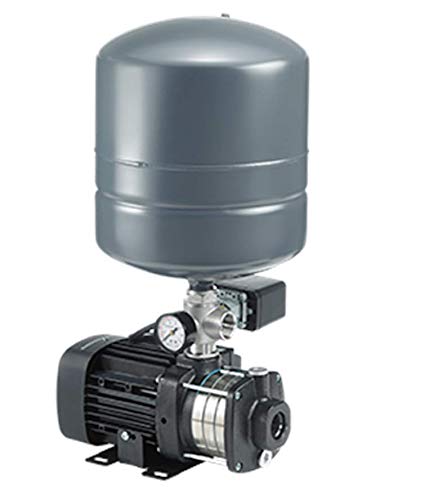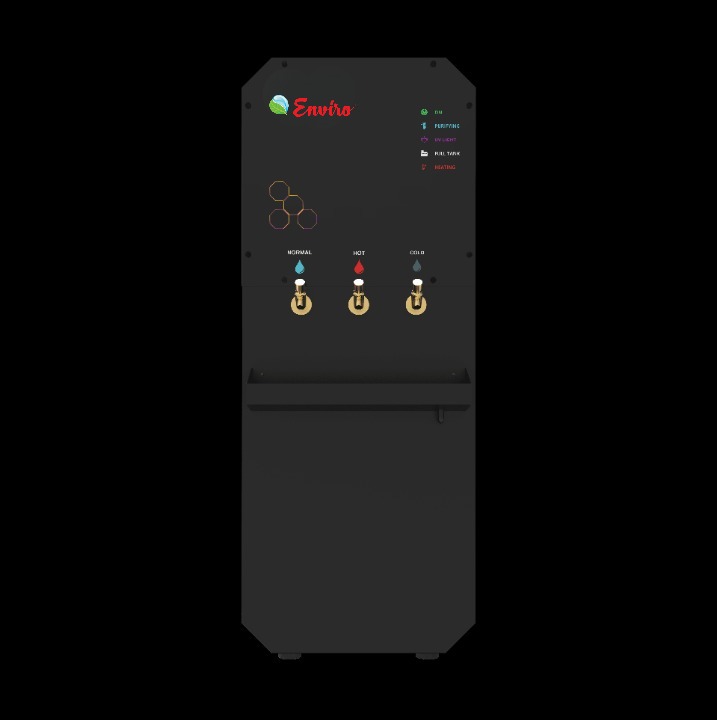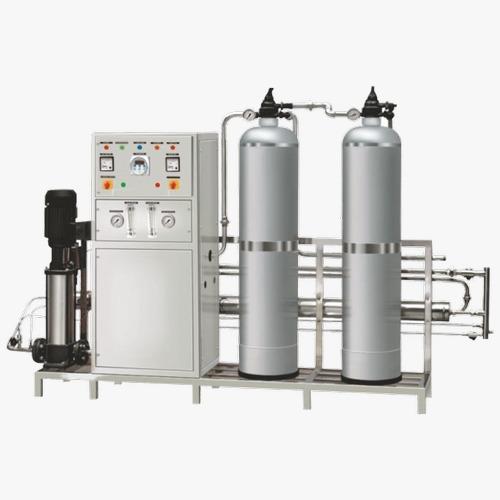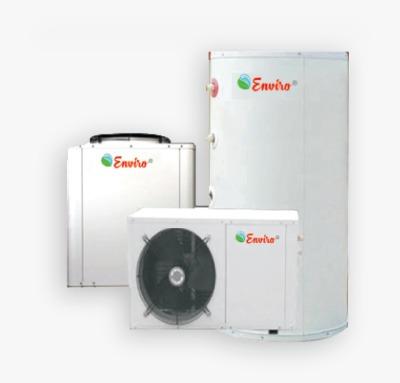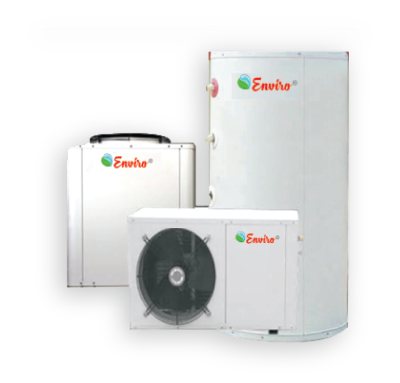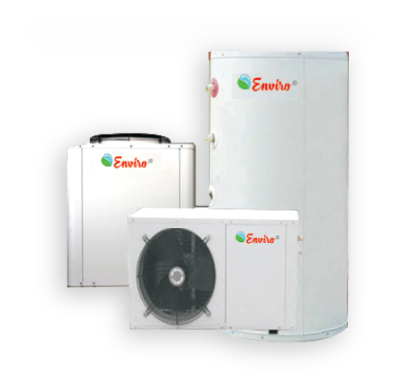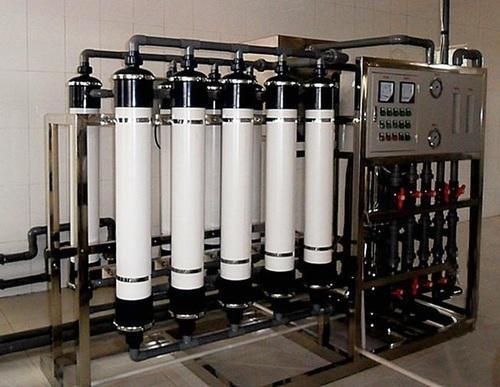The Grundfos pressure pumps are versatile and of high utility, as they help facilitate different applications. These pumps are widely used in commercial and residential developments. They work as pressure pumps, submersible water pumps, and electric motors for all-in-one performance. The versatility of these pumps allows them to be a vital component of any infrastructure project. Diverse collection: The Grundfos rain shower pumps are available in different capacities. They can vary according to the application alongside project and buyer requirements. Ease of use: Grundfos pressure pumps are easy for the end-user because they have a wide range of options, including an easy-to-read control panel. They have user-friendly integrations to deliver the best flow, pressure, durability, and reliability performance. Hence, you can use the pump without much hassle. Robustness: Pressure pumps are among the most durable and efficient pumps. They are compatible with working in deep water wells, where they can operate without any problems. Their build-up comprises rigid materials. Therefore, the Grundfos submersible pumps deliver long-lasting and dependable performance without much maintenance. They work flawlessly with different liquids like water, oil, or gas. Eco-friendly performance: The Grundfos water pumps feature the latest innovations, due to which they deliver noise-free performance. Besides, they consume less energy than other types of pumps in the market.
Send Message
